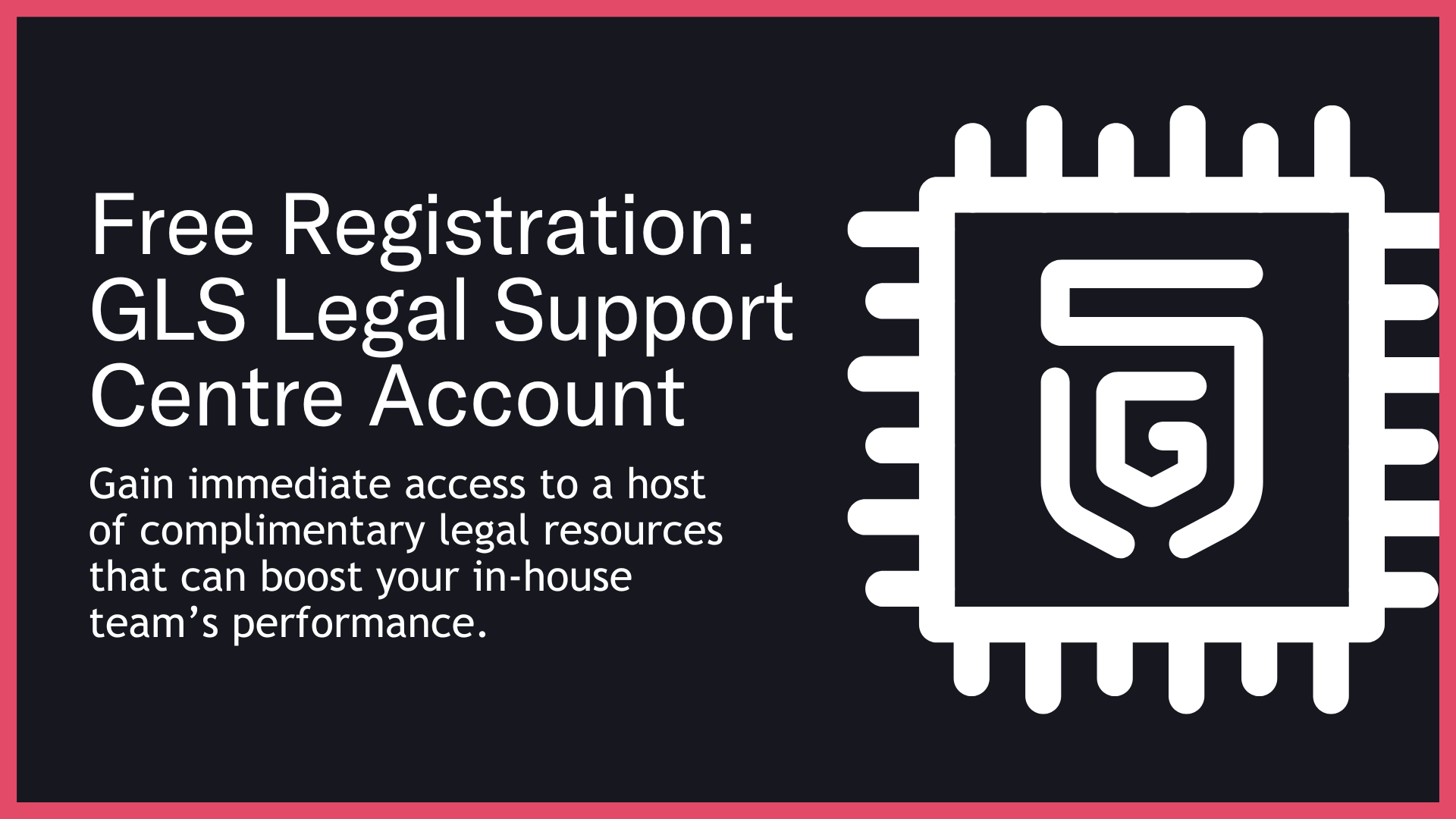GLS Legal Support Centre
Legal Made Easy For Startups
Back
Staff Participation ESOP
Introduction
“Nothing aligns a team like real ownership. Used wisely, an ESOP turns passengers into co‑pilots.” – Matt Glynn
Few tools energise a startup like an ESOP. Done well, it gives employees a real stake in value creation, sharpens focus on shared goals, and helps you attract A‑players you couldn’t otherwise afford. Done poorly, it can complicate governance, deter future investors, and create tax or compliance headaches. The message: an ESOP is a strategic asset - powerful and double‑edged - and must be designed and executed with care.
ESOP – What Is It?
PAA: What is an ESOP in a startup?
An Employee Stock Option Plan grants employees options to buy shares at a set strike price in the future, typically after vesting. (Note: in some jurisdictions “ESOP” means a share‑ownership trust; startups often use options or RSUs-restricted stock units-under the same banner.)
PAA: How does an ESOP create alignment?
By tying employee upside directly to company value - when the business wins, the team wins.
Why This is Important
This is an important stage of the start‑up journey because:
◼️Talent magnet – Compete for great hires with meaningful upside.
◼️Retention & focus – Vesting and cliffs reward long‑term contribution.
◼️Cash conservation – Trade salary pressure for equity participation.
◼️Cultural alignment – Owners think like owners.
◼️Fundraising narrative – Shows you can attract and keep high‑calibre people.
◼️Financing leverage – Mature equity can support liquidity/tender events later.
PAA: Will investors like my ESOP?
Yes - if it’s clear, market‑standard, and sized sensibly. Overly complex or generous terms can spook investors.
Consequences of Not Addressing This Issue
Legal Implications
- Securities law or tax non‑compliance (e.g., poor 409A, no filings, cross‑border issues).
- Disputes over promises vs. what documents actually say.
Founder Relationship Issues
- Misaligned expectations about dilution, vesting, or acceleration.
Commercial Implications
- Losing candidates to competitors with cleaner, more valuable equity.
Operational Implications
- Admin burden, messy cap table, or exercise‑window blow‑ups.
Biz Valuation Issues
- Investor pushback if the option pool is unclear, too small, or badly structured.
PAA: Can ESOPs deter future investors?
A messy plan can - for example, unclear leaver rules, uncontrolled dilution, or non‑standard acceleration.
What You Should Be Doing
1. Choose the right instrument (Options vs RSUs)
- Options (ISOs/NSOs or local equivalents) are common pre‑IPO; RSUs often post‑scale.
- Consider jurisdictional tax regimes (e.g., UK EMI, other local schemes).
2. Size the option pool deliberately
- Typical seed/Series A pools: 10–20% (context‑dependent).
- Model future top‑ups to avoid surprise dilution later.
3. Set vesting & cliffs that drive retention
- Market norm: 4‑year vesting with 1‑year cliff; consider performance top‑ups.
- Define single vs double‑trigger acceleration (change‑of‑control, termination).
4. Design fair leaver rules
- “Good vs bad leaver” definitions, post‑termination exercise windows, and treatment of unvested/vested grants.
5. Lock the economics
- Keep board control over grants; align grants to level/impact; track dilution clearly.
6. Get the valuations and filings right
- Maintain current FMV/409A (or local equivalent).
- Handle securities law exemptions, plan approvals, and country roll‑outs.
7. Educate your team
- Plain‑English equity docs, grant notices, and “how options work” sessions.
- Explain tax timing, exercise risk, and lock‑ups.
8. Plan liquidity pathways
- Anticipate IPO/M&A lock‑ups and consider future tender offers or buy‑backs.
9. Keep admin tight
- Use cap‑table software; reconcile grants, vesting, exercises, and expiries monthly.
PAA: How big should my pool be at seed vs. Series A?
Many founders target 10–15% at seed, rising to 15–20% at Series A - but model your hiring plan, not just “rules of thumb.”
PAA: Options or RSUs for early‑stage?
Usually options for tax and cash reasons; RSUs become attractive later when valuation is stable and liquidity is closer.
Case Studies
Microsoft – The Option Culture That Minted Owners
Microsoft created thousands of “Microsoft millionaires” via broad‑based stock options, a dramatic demonstration of how equity can galvanise a workforce and attract elite talent at scale. Estimates suggest 10,000+ millionaires and multiple billionaires emerged from employee equity by the mid‑2000s. The Washington PostBusiness Insider
Pinterest – The 7‑Year Exercise Window Innovation
In 2015, Pinterest let eligible departing employees keep vested options for up to seven years (vs the typical 90 days), reshaping the market conversation around employee‑friendly ESOP design and reducing “exercise‑or‑forfeit” pressure. EntrepreneurForbesComputershare
Uber – Lock‑Ups & Liquidity Reality Check
Uber’s 2019 IPO highlighted how lock‑up periods affect employee liquidity: when the 180‑day lock‑up expired, the stock traded well below the IPO price, limiting upside for many employees and sparking debate on RSU settlement timing. It’s a caution to educate teams about liquidity risk and timelines. The Washington PostRenaissance Capital
PAA: What’s the lesson from these cases?
ESOPs can transform hiring and motivation - but design choices (exercise windows, lock‑ups, education) materially shape real‑world outcomes.
Final Thoughts
An ESOP can be pure gold - it can motivate, align, and attract the people who ultimately determine whether your startup succeeds. But it must be treated as the strategic asset it is: sized properly, documented clearly, taught openly, and administered rigorously so it motivates without creating downside for the business or future investors.
How GLS Can Help You
◼️ESOP design & sizing (seed to pre‑IPO)
◼️Option vs RSU strategy by jurisdiction
◼️Plan/award docs, leaver rules, acceleration terms
◼️Board/SH approvals & securities law compliance
◼️Cross‑border roll‑outs and localisation (EMI & others)
◼️Cap table setup & ongoing administration
◼️Team education (equity 101, tax, liquidity)
◼️Tender offer/buy‑back and liquidity planning
◼️Investor‑ready equity governance packs

